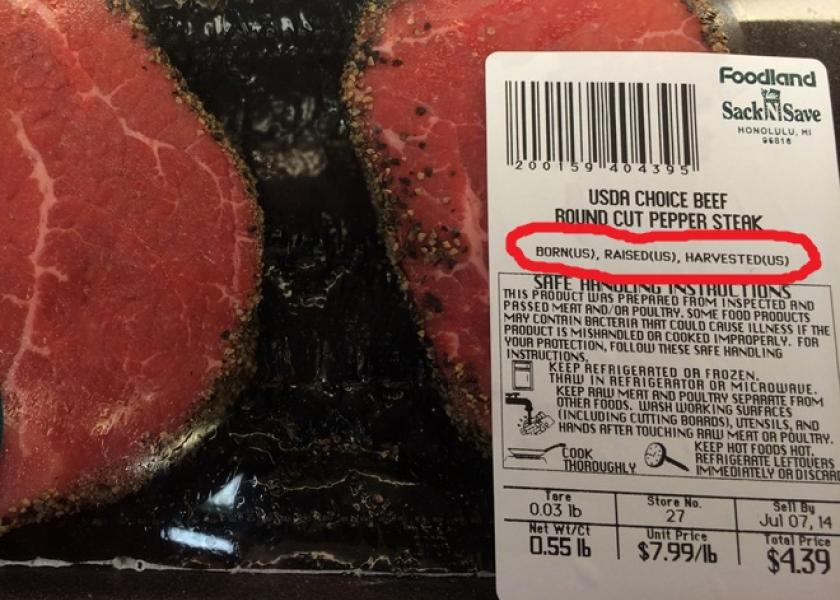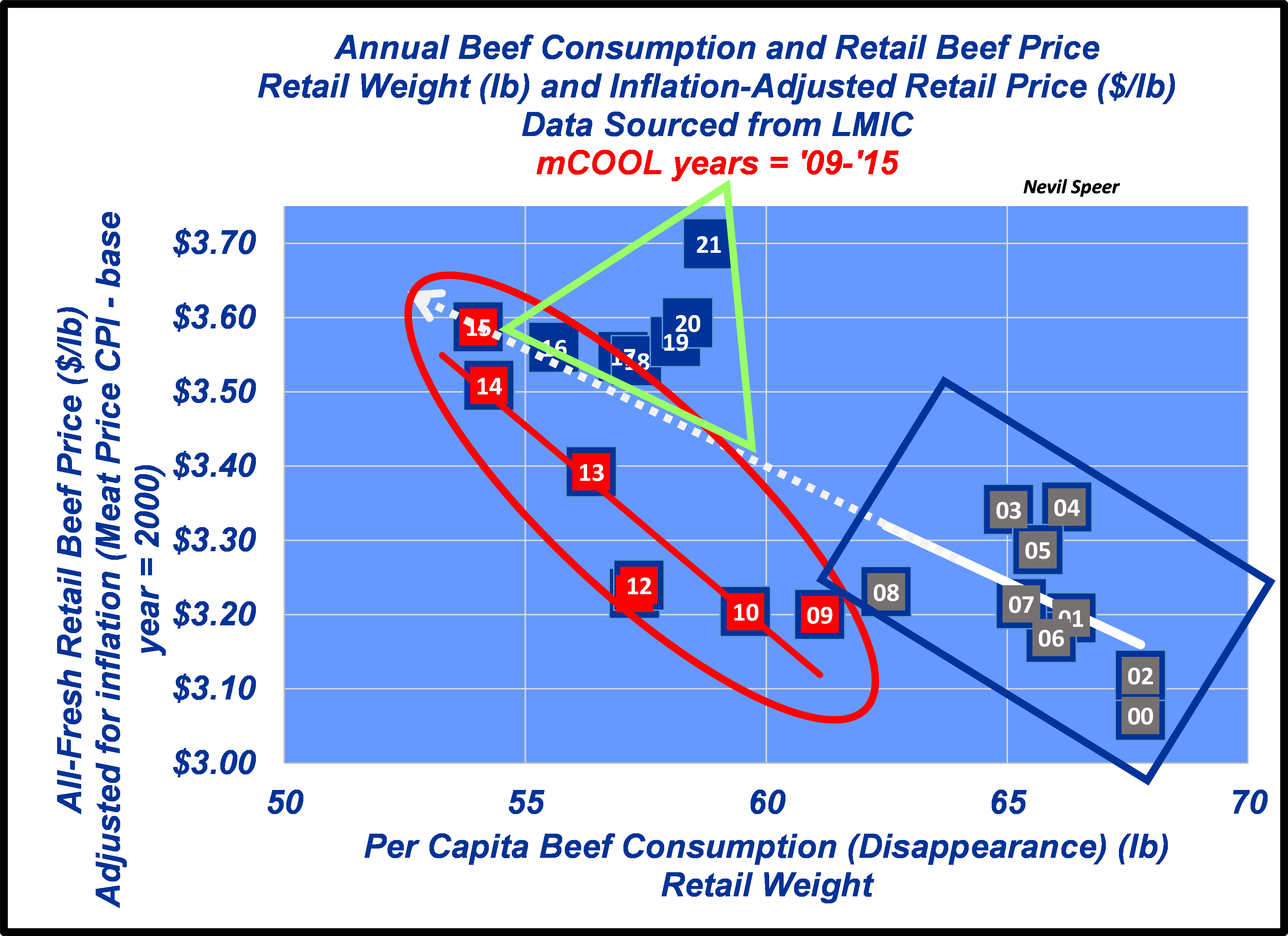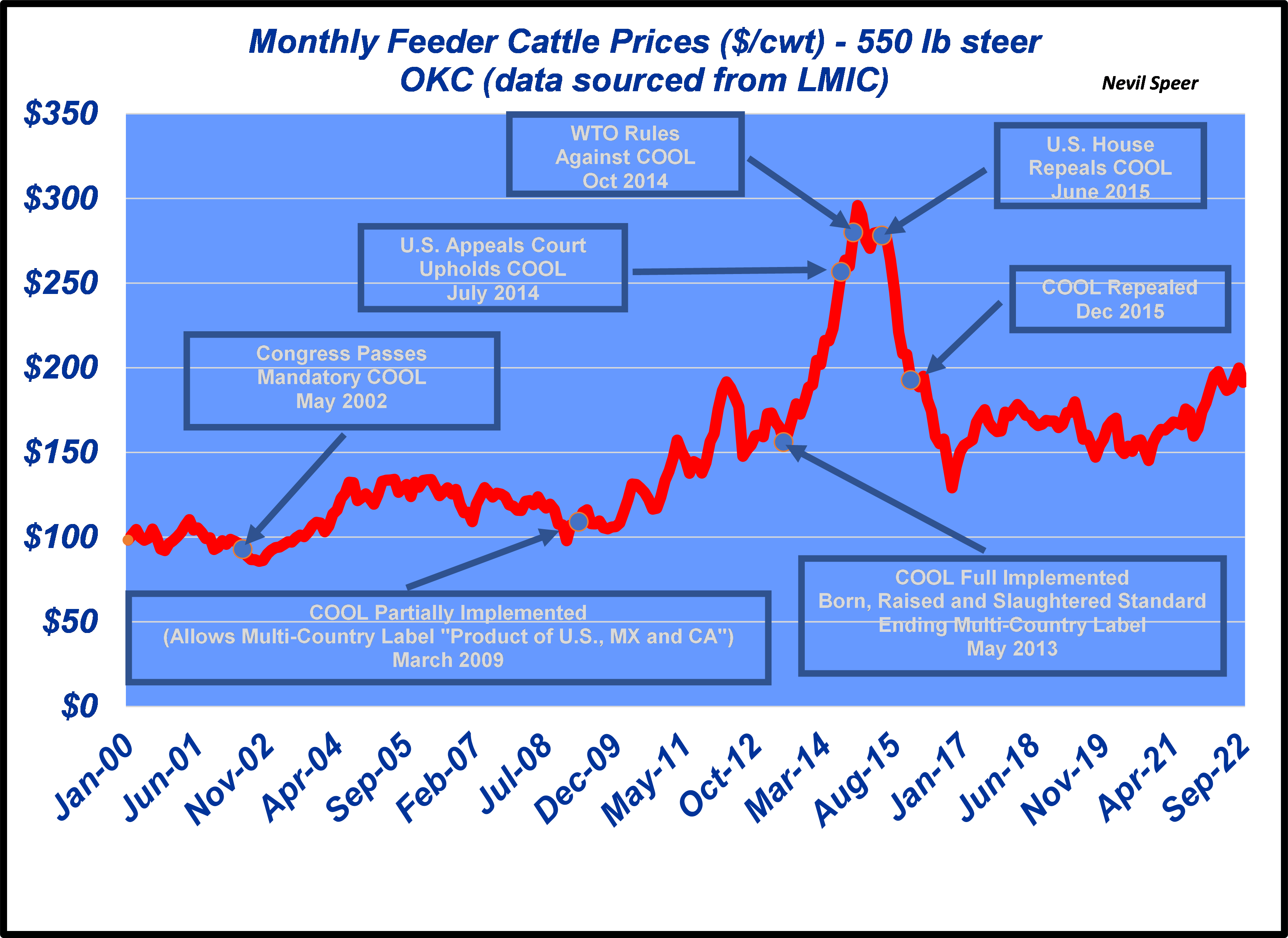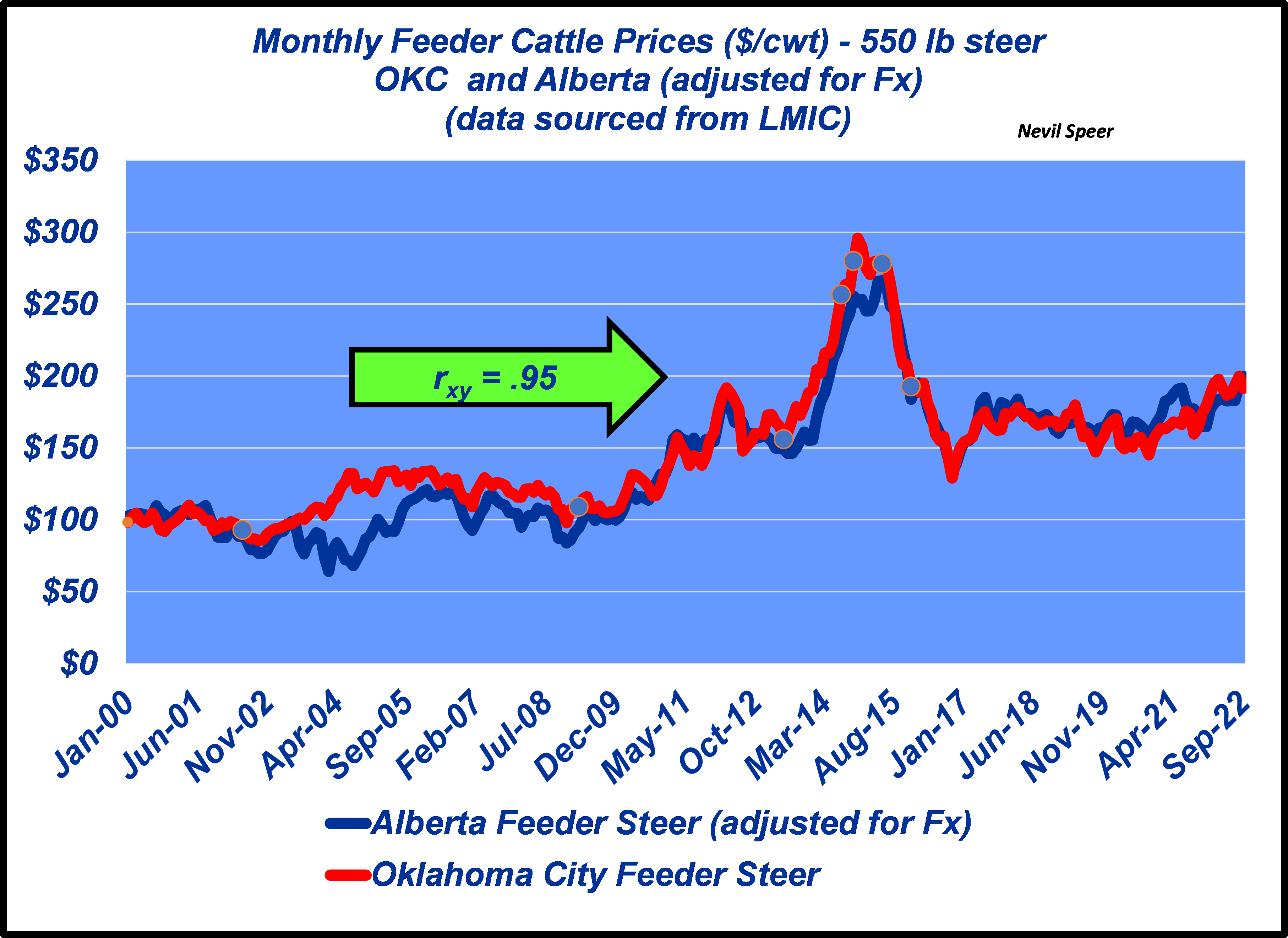Speer: COOL A Wasteful and Costly Nothingburger

As I’m writing this, we’re in the final days of the 117th Congress. In the flurry to get things done, there’s always the risk of some weird agreements / arrangements among politicians to get something passed. To that end, there’s been a recent push on social media to gin up support for some sort of renewed legislation for country-of-origin labeling.
Background: This week also marks twenty years since I completed a white paper on the subject: COOL has implications for the U.S. beef industry. It was subsequently published a month later on the front page of NCBA Convention issue Feedstuffs.
Most importantly, in the column, I noted that:
Success of a newly implemented COOL program will be evaluated in two distinct ways. First, based on its ability to provide consumers with meaningful information and create value at a reasonable cost. Second, the program’s capacity to provide U.S. beef producers
with a comparative advantage over their foreign competitors.
So, let’s look at those two components as we approach the end of this Congressional session.
Consumers: There are several key measures indicating COOL made no difference to consumers (despite all the claims to the contrary):
- USDA’s own commissioned research (Drs. Tonsor, Schroeder and Parcell) noted there was , “…no evidence that consumer demand for beef or pork has increased because of MCOOL. Thus, our economic analysis finds no measurable benefits to consumers as a result of the MCOOL rules.”
- Since COOL was repealed, beef demand has jumped to new highs. Seemingly, consumers have responded to what really matters in the marketplace: continuous improvement in beef quality and consistency. (see first graph below)
- Further reinforcing those observations, per capita beef expenditures grew at an annual rate of 3.32% while COOL was in effect (’09-’15). That rate jumped more than 50 basis points to 3.84% during the following six years (’16-’21). That’s a huge difference! It means the same amount of total growth has occurred in six years since COOL versus requiring seven years to achieve the same level while COOL was in effect.

Producers: What about the second measure of success (i.e. producers)? Once again, there’s no demonstrable measure of achievement. However, that doesn’t stop assertions stating otherwise. So, let’s look at the data.
- COOL proponents like to hang their hat on the overall market trend during ’14 and ’15. There’s plenty of claims out there to the effect of, “Look at cattle prices! And then look at what happened after COOL was repealed.” And typically, you’ll run across a graph much like the second one recreated below.
- But that’s all really a head fake. The third graph also includes an overlay of feeder cattle prices (adjusted for Fx), basis Alberta – there’s no difference (the correlation is .95!). Back to the white paper above, COOL would have been deemed effective IF it facilitated some sort of comparative advantage. But since it didn’t matter to consumers, there was no subsequent market effect benefitting U.S. producers. (The same pattern exists for fed cattle: see COOL Zombie Walking Again)
- Moreover, feeder cattle imports from Canada actually surged during COOL and have declined steadily since 2015. (see Trade Handwringing Barking Up Wrong Tree)


Nothingburger: COOL failed on both fronts. It proved to be unproductive and ineffective in creating value for either consumers or producers. Worse yet it comes at a cost – government programs are never free. In other words, the business must incur marginal cost with zero prospects for marginal benefit. And ultimately, producers will bear the brunt of that reality. In the end, COOL turns out to be a wasteful and costly nothingburger.







